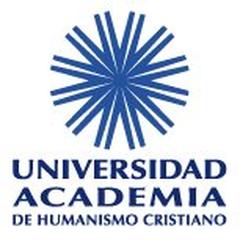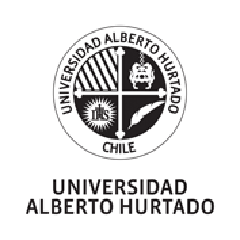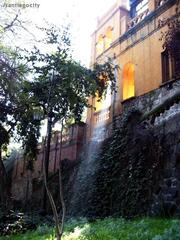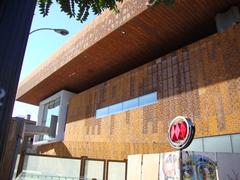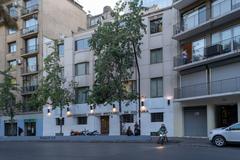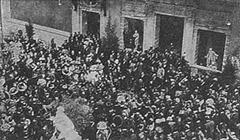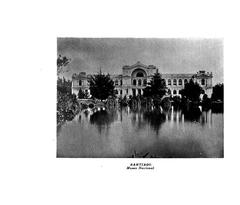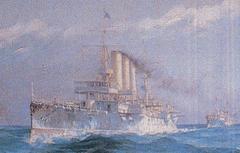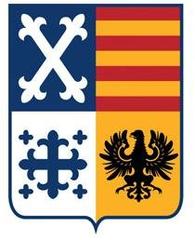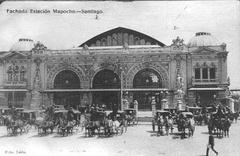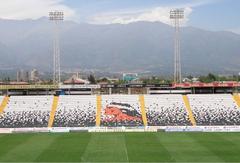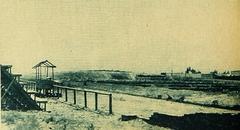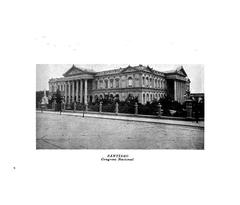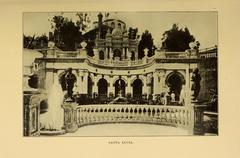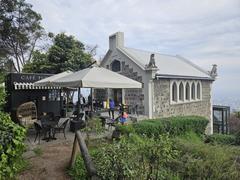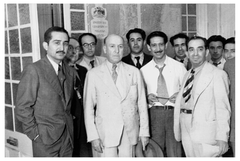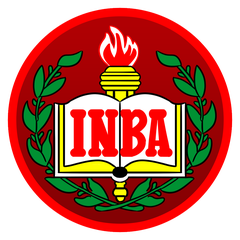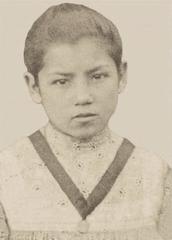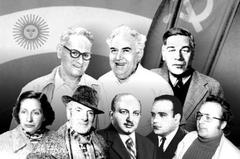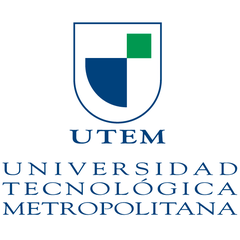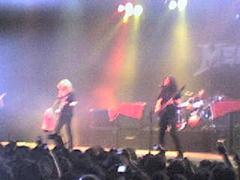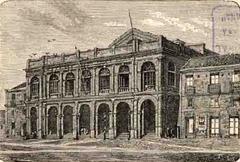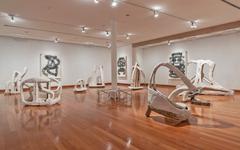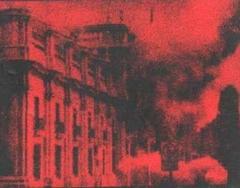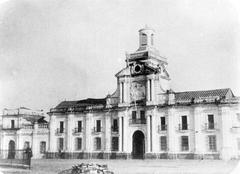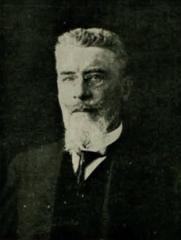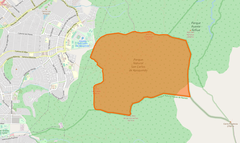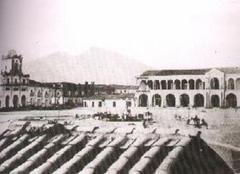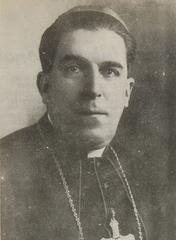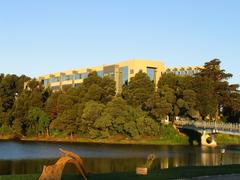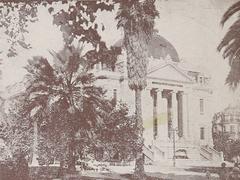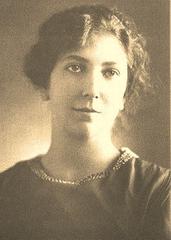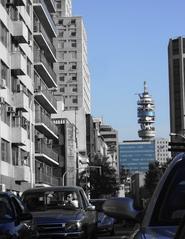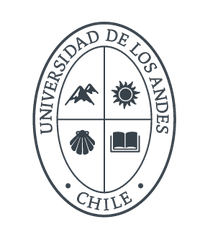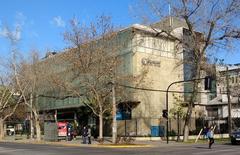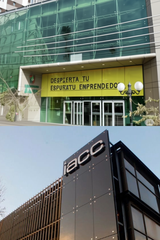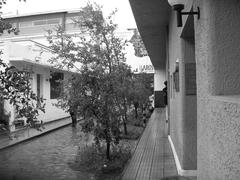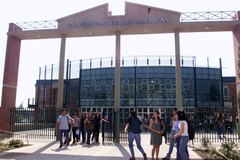
Campos de Sports de Ñuñoa: Visiting Hours, Tickets, and Santiago Historical Sites Guide
Date: 04/07/2025
Introduction
Located in Santiago’s Ñuñoa district, Campos de Sports de Ñuñoa is a symbolic landmark in Chilean sports and cultural history. Though the original stadium was demolished in 1938, its legacy endures—most notably through the Estadio Nacional Julio Martínez Prádanos and the surrounding sports complex. This guide provides a comprehensive overview of Campos de Sports de Ñuñoa’s history, cultural significance, current visitor information, and travel tips, offering a rich context for anyone planning to explore this iconic part of Santiago.
Table of Contents
- Historical Overview and Cultural Significance
- Visiting Campos de Sports de Ñuñoa
- Facilities, Amenities, and Safety
- Nearby Attractions and Photographic Spots
- Frequently Asked Questions (FAQ)
- Conclusion and Recommendations
- References
Historical Overview and Cultural Significance
Origins and Early Development
Founded in 1918 through the philanthropic legacy of José Domingo Cañas, Campos de Sports de Ñuñoa was one of Santiago’s first large-scale multi-sport complexes. Designed to foster youth engagement and athletic development, the venue quickly became a focal point for football, athletics, boxing, and community gatherings. Its location—at the intersection of Campo de Deportes and José Domingo Cañas streets—placed it at the heart of a rapidly evolving Ñuñoa.
Architectural and Functional Features
With a capacity for up to 20,000 spectators, Campos de Sports de Ñuñoa featured wooden bleachers, a grass pitch, a velodrome, and adaptable facilities for a variety of sports. Its multi-use design foreshadowed the development of modern stadiums and reflected Chile’s ambitions to establish itself as a center for regional and national sports.
Sporting and Community Impact
Campos de Sports de Ñuñoa played a pivotal role in Chilean football, serving as the first official stadium for Colo-Colo and as the home ground for the Chile national team until 1938. It hosted historic events, including the 1933 inaugural Chilean professional football final and the 1926 South American Championship. The venue was also significant for athletics and boxing, hosting major championships and legendary matches that drew large crowds.
Beyond professional events, the site was a hub for community recreation, amateur sports, and youth engagement. By 1927, its integration with the Pontificia Universidad Católica de Chile further expanded its educational and social impact.
(Albos Fanáticos; Memoria Chilena)
Visiting Campos de Sports de Ñuñoa
Current Site Status
The original Campos de Sports de Ñuñoa no longer exists, having been replaced by the Estadio Nacional Julio Martínez Prádanos in 1938. Today, the Estadio Nacional complex and the broader Ñuñoa district preserve the site’s sporting spirit and continue to host major events, community activities, and remembrance ceremonies.
(Estadio Nacional Official Site)
Visiting Hours and Ticket Information
- Exterior Spaces: Public areas around the Estadio Nacional are generally accessible daily from dawn to dusk.
- Stadium Access: Entry to the stadium is available during scheduled events (football matches, concerts, special exhibitions) and guided tours. Typical visiting hours for tours are 9:00 AM to 6:00 PM, but these may vary by event and season. Always consult the official website for current hours.
- Tickets:
- Events: Purchase tickets online through official platforms or at the stadium entrance. Prices vary by event (from approximately CLP $5,000–$30,000).
- Guided Tours: Some tours are free during heritage or commemorative days; others require advance booking and a small fee.
Guided Tours and Accessibility
- Guided Tours: Offered by Corporación Estadio Nacional Memoria Nacional, these tours explore the stadium’s sports legacy and its role during the 1973 military coup. Tours include access to memorial exhibits and significant sites within the complex.
- Accessibility: The venue is designed for inclusive access, with facilities for visitors with reduced mobility. Public transport connections are excellent, with multiple metro lines and bus routes serving the area.
Travel Tips and Getting There
- Public Transport: Use Santiago Metro’s Estadio Nacional station (Line 6) or Ñuñoa station (Lines 3 and 6). Several bus lines also service the area.
- Parking: Limited on-site and street parking. Public transport is recommended, especially during events.
- Arrive Early: On event days, arriving early allows you to explore nearby cafes, restaurants, and cultural venues.
- Language: Spanish is predominant; basic Spanish or a translation app is helpful.
Facilities, Amenities, and Safety
- Restrooms and Snack Kiosks: Available during events and in public areas.
- Sports Facilities: Multi-sport gymnasiums, courts for volleyball, basketball, futsal, and handball, changing rooms, and accessible entrances.
- Safety: The area is generally safe, but standard precautions apply. Lockers are available for personal belongings.
Nearby Attractions and Photographic Spots
- Estadio Nacional Julio Martínez Prádanos: Main stadium and site of major events.
- Plaza Ñuñoa: Lively square with cafes, restaurants, and nightlife.
- Parque Bustamante: Green space ideal for relaxation.
- Barrio Italia: Trendy district with boutiques, galleries, and dining.
- Museo del Deporte Nacional: Learn more about Chile’s sports history.
Great photo opportunities abound, especially during sunset or event days.
Frequently Asked Questions (FAQ)
Q: Can I visit the original Campos de Sports de Ñuñoa?
A: The original venue no longer exists, but its legacy is commemorated at the Estadio Nacional complex and with historical markers in the area.
Q: What are the visiting hours?
A: Public areas are accessible from dawn to dusk. Guided tours and stadium events typically run from 9:00 AM to 6:00 PM, but hours may change depending on the event.
Q: How do I purchase tickets?
A: Buy tickets online through official event sites, the Estadio Nacional platform, or at the stadium box office.
Q: Are tours available?
A: Yes, especially during heritage or remembrance events. Check the Estadio Nacional site or contact local tourism offices.
Q: Is the stadium accessible for people with disabilities?
A: Yes, the complex is designed for accessibility.
Q: What nearby attractions can I visit?
A: Plaza Ñuñoa, Barrio Italia, Parque Bustamante, and Museo del Deporte Nacional are all within walking distance or a short ride.
Conclusion and Recommendations
Campos de Sports de Ñuñoa represents a cornerstone of Chile’s athletic tradition and community identity. While the original stadium has given way to the Estadio Nacional, the area remains a vibrant destination for sports, culture, and remembrance. Visitors can experience this legacy by attending events, joining guided tours, and exploring Ñuñoa’s lively neighborhoods.
Recommendations for Travelers:
- Plan your visit around events or commemorative days for a more immersive experience.
- Use public transportation for convenience.
- Explore the surrounding area to enjoy Santiago’s local culture, gastronomy, and green spaces.
- Stay updated via the Estadio Nacional Official Site and Ñuñoa Deportes.
For updates and curated event information, download the Audiala app and follow related social media channels.
References
- Campos de Sports de Ñuñoa: History, Visiting Information, and Cultural Significance in Santiago. (Memoria Chilena)
- Campos de Sports de Ñuñoa (Wikipedia)
- History of the First Colo-Colo Stadium (Albos Fanáticos)
- Santiagoando - Barrio Ñuñoa
- Estadio Nacional Official Site (Ñuñoa.cl)
- Ñuñoa Deportes
- Worldly Adventurer – Things to Do in Santiago
- Roam and Thrive – What to Do in Santiago
For further details, high-quality images, and maps, refer to the official resources above. Include relevant alt text for images such as “Campos De Sports De Ñuñoa visiting hours” and “Campos De Sports De Ñuñoa tickets” for optimal accessibility and SEO.










